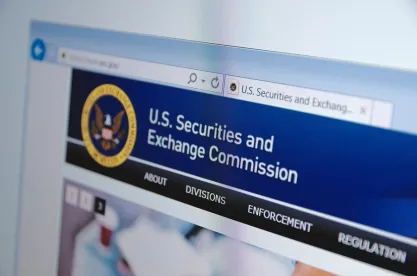While the SEC staff tends to be of the broad view that ESG warrants serious consideration, there are a breadth of different opinions regarding what ultimate disclosure requirements should look like. This discord came to a head during a virtual SEC panel last Friday.
The panelists included both SEC staff and industry leaders. One-by-one, the panelists provided their views on the SEC’s ESG subcommittee’s December recommendation of new standards for issuers to disclose “material ESG risks.” In particular, the ESG subcommittee recommended that material ESG risks be disclosed pursuant to “standard setters’ frameworks,” and “in a manner consistent with the presentation of other financial disclosures.”
The views expressed in response to the subcommittee’s recommendation fell into two main camps. Acting SEC Chair Allison Herren Lee continued her calls for “consistent, comparable and reliable issuer disclosure[s],” while Commissioner Hester M. Peirce explained that, in her view, “issuers already have to disclose material risks” and that undermining that framework “to accommodate ESG will harm investors.”
Industry executives had their own opinions, aligning more often with Acting Chair Lee than Commissioner Pierce. Namely, certain executives argued in favor of a new framework accommodating climate change and other ESG considerations linked to investor demands and ultimate investment returns. To that end, Blackrock, the largest asset manager in the world, plans to have $1.2 trillion in ESG assets in the next 10 years. However, some industry representatives urged against ESG-specific disclosure requirements. An executive from an insurance company noted her view that ESG is dominated by a “broad variety of special interest groups to advance interests unrelated to shareholder value,” and the materiality standard for public statements sufficiently captures ESG considerations.
No matter who you side with, the polarization in Friday’s panel shows there will be easy road to a final regulatory scheme.



 />i
/>i
